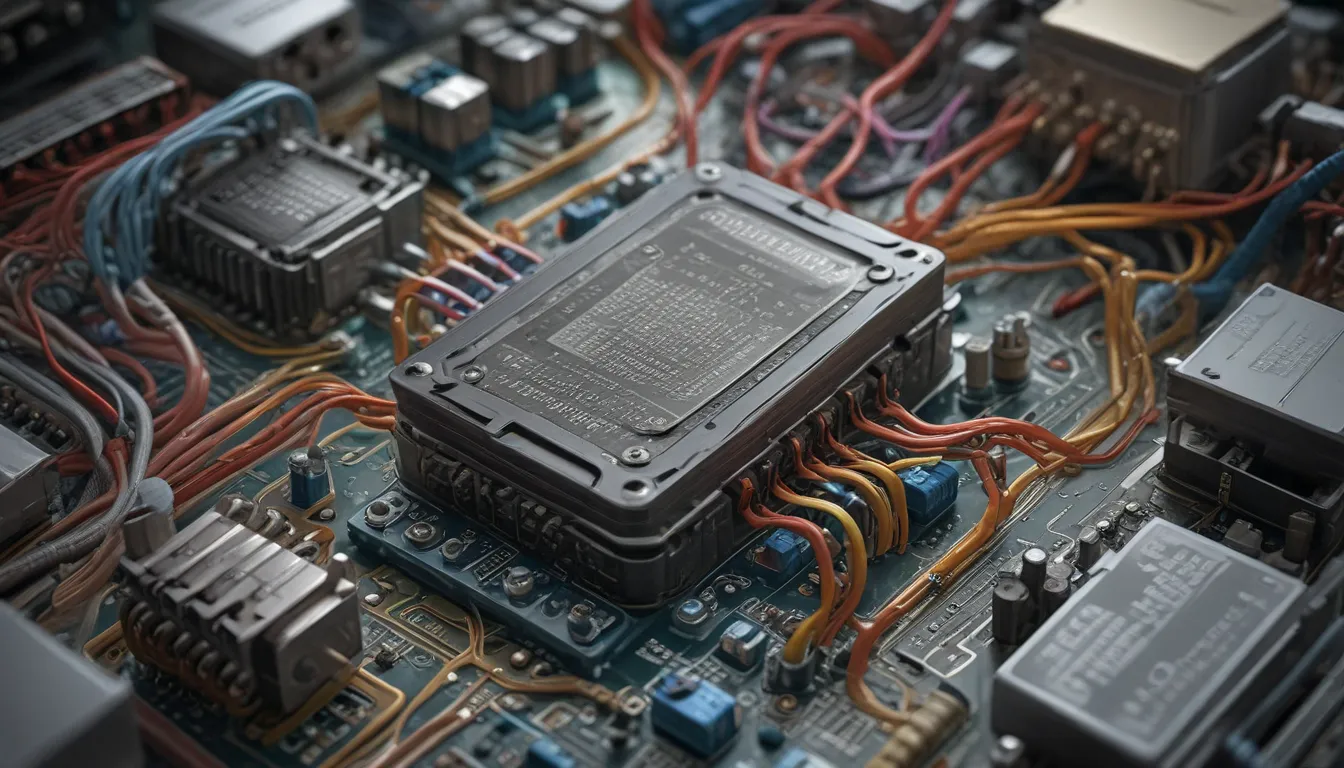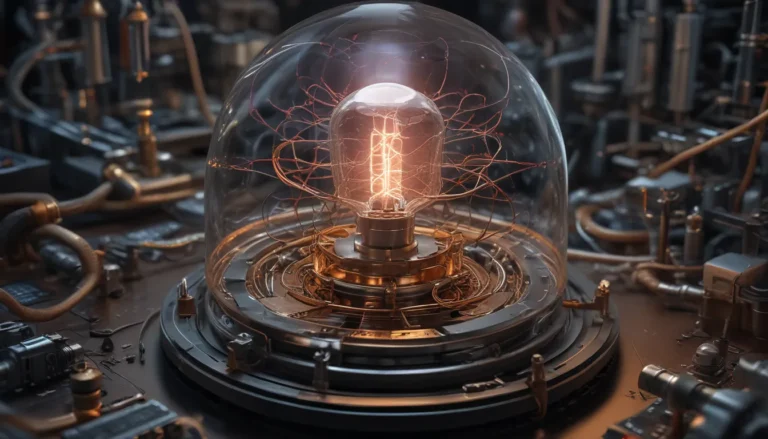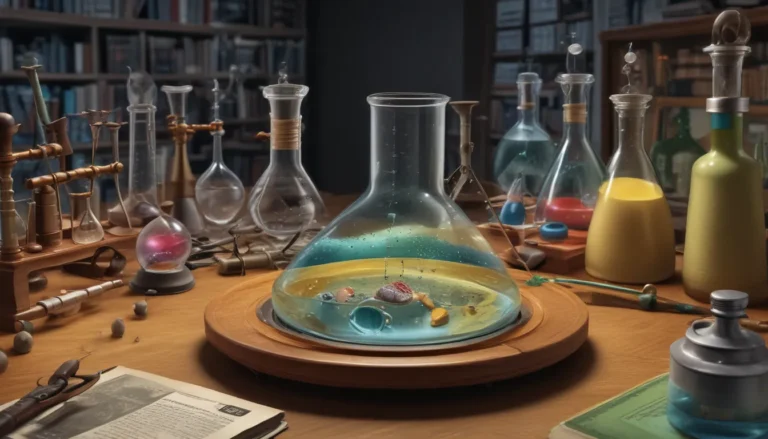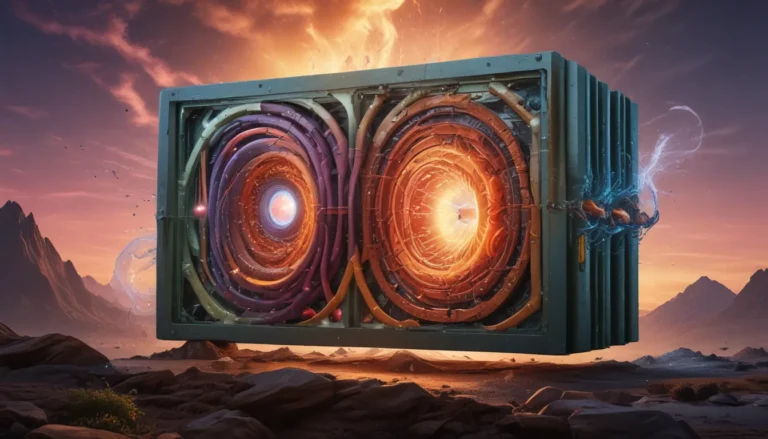A Note About Images: The images used in our articles are for illustration purposes only and may not exactly match the content. They are meant to engage readers, but the text should be relied upon for accurate information.
Have you ever wondered how electricity flows through your everyday devices like smartphones, laptops, or even your household appliances? The answer lies in series circuits, a fundamental concept in physics and electrical engineering that forms the backbone of many electronic systems. In this article, we will embark on an electrifying journey through the world of series circuits, uncovering 19 unbelievable facts that will deepen your understanding and spark your curiosity.
Unveiling the Origins of Series Circuits
The concept of series circuits dates back to the early discoveries in electrical theory, pioneered by scientists and inventors in the late 18th and early 19th centuries. These early explorations laid the foundation for our understanding of how electricity flows through interconnected components in a series circuit.
The Constant Flow of Current in Series Circuits
One of the key characteristics of a series circuit is that the current remains constant throughout the entire circuit. This means that the current flowing through each component is the same, simplifying calculations and predictions of the circuit’s behavior.
The Total Resistance Puzzle in Series Circuits
In a series circuit, the total resistance encountered by the current is equal to the sum of the individual resistances present in the circuit. This algebraic sum of resistances dictates the overall resistance in the circuit, influencing the flow of current through each component.
The Impact of Component Failure in Series Circuits
Unlike parallel circuits, where component failures have limited effects, a single component failure in a series circuit interrupts the flow of current throughout the entire circuit. This characteristic highlights the interconnected nature of series circuits and the importance of each component in maintaining the circuit’s functionality.
Voltage Distribution in Series Circuits
In a series circuit, the voltage supplied by the power source is divided among the components, with the sum of individual voltage drops adding up to the total voltage supplied. This voltage distribution mechanism ensures that each component receives the necessary voltage to operate effectively within the circuit.
Practical Applications of Series Circuits
Series circuits find widespread application in various electronic devices, such as LED displays, remote controls, and household appliances like televisions and refrigerators. Their simplicity and predictability make them ideal for controlling current flow and delivering the required voltage to different components.
Exploring Voltage Dividers in Series Circuits
Voltage dividers leverage the principle of voltage division in series circuits to obtain specific voltage levels from a higher voltage source. By strategically placing resistors in a series configuration, engineers can achieve precise voltage outputs for various electronic applications.
The Relationship Between Power Dissipation and Resistance in Series Circuits
In a series circuit, the power dissipated by each resistor is directly proportional to its resistance value. Higher resistance values result in increased power dissipation, showcasing the influence of resistance on the overall power consumption within the circuit.
Resilience and Safety Measures in Series Circuits
The use of series circuits in holiday lights and Christmas tree lights demonstrates their ability to prevent excessive brightness and ensure safety. By incorporating series configurations, manufacturers can maintain consistent brightness levels even if one bulb fails or is removed from the string.
Delving Into Ohm’s Law in Series Circuits
Ohm’s Law, which governs the relationship between voltage, current, and resistance in electrical circuits, applies to each component in a series circuit. Understanding this fundamental law provides valuable insights into how voltage drop and current flow are regulated within a series configuration.
Navigating the Total Resistance in Series Circuits
As more resistors are added to a series circuit, the total resistance increases, resulting in a decrease in the current flowing through the circuit. This cumulative effect highlights the importance of balancing resistance values to achieve optimal performance in series configurations.
The Interplay Between Series and Parallel Circuits
Series circuits serve as the foundation for more complex electrical configurations, such as parallel-series combinations, where series and parallel components are combined to meet specific requirements. By understanding the principles of series circuits, engineers can design intricate circuitry that fulfills diverse electrical needs.
Conclusion: Illuminating the World of Series Circuits
Series circuits play a vital role in shaping our understanding of electrical engineering and physics, offering practical insights into current flow, voltage distribution, and resistance management. By exploring the 19 unbelievable facts presented in this article, you have gained a deeper appreciation for the intricacies of series circuits and their ubiquitous presence in our everyday lives.
FAQs: Navigating Common Questions About Series Circuits
-
What is a series circuit?
A series circuit is a type of electric circuit in which the components are connected end to end, allowing only one path for current flow. -
What is the total resistance in a series circuit?
In a series circuit, the total resistance is simply the sum of the individual resistances. -
Are voltage drops the same in a series circuit?
Yes, in a series circuit, voltage drops are the same across each component, with the sum of the voltage drops equalling the total voltage supplied. -
Can different components have different currents in a series circuit?
No, in a series circuit, the current is the same throughout every component. -
Are series circuits used in everyday life?
Yes, series circuits are commonly used in various applications, such as in Christmas tree lights, flashlights, and household electrical wiring. -
What happens if one component fails in a series circuit?
If one component fails in a series circuit, the entire circuit will be interrupted, and no current will flow.
Continuing Your Electrical Exploration
Unraveling the mysteries of series circuits is just the beginning of your electrical journey. Dive deeper into understanding how resistors shape current flow, explore fascinating facts about electronics, from their humble beginnings to cutting-edge applications, and investigate the captivating characteristics of current that bring electrical devices to life. Keep your curiosity charged as you continue to explore the electrifying world of electrical engineering!
Was this page helpful?
Our commitment to delivering trustworthy and engaging content is at the heart of what we do. Each fact on our site is contributed by real users like you, bringing a wealth of diverse insights and information to our platform. Trust in our commitment to quality and authenticity as you explore and learn with us.






